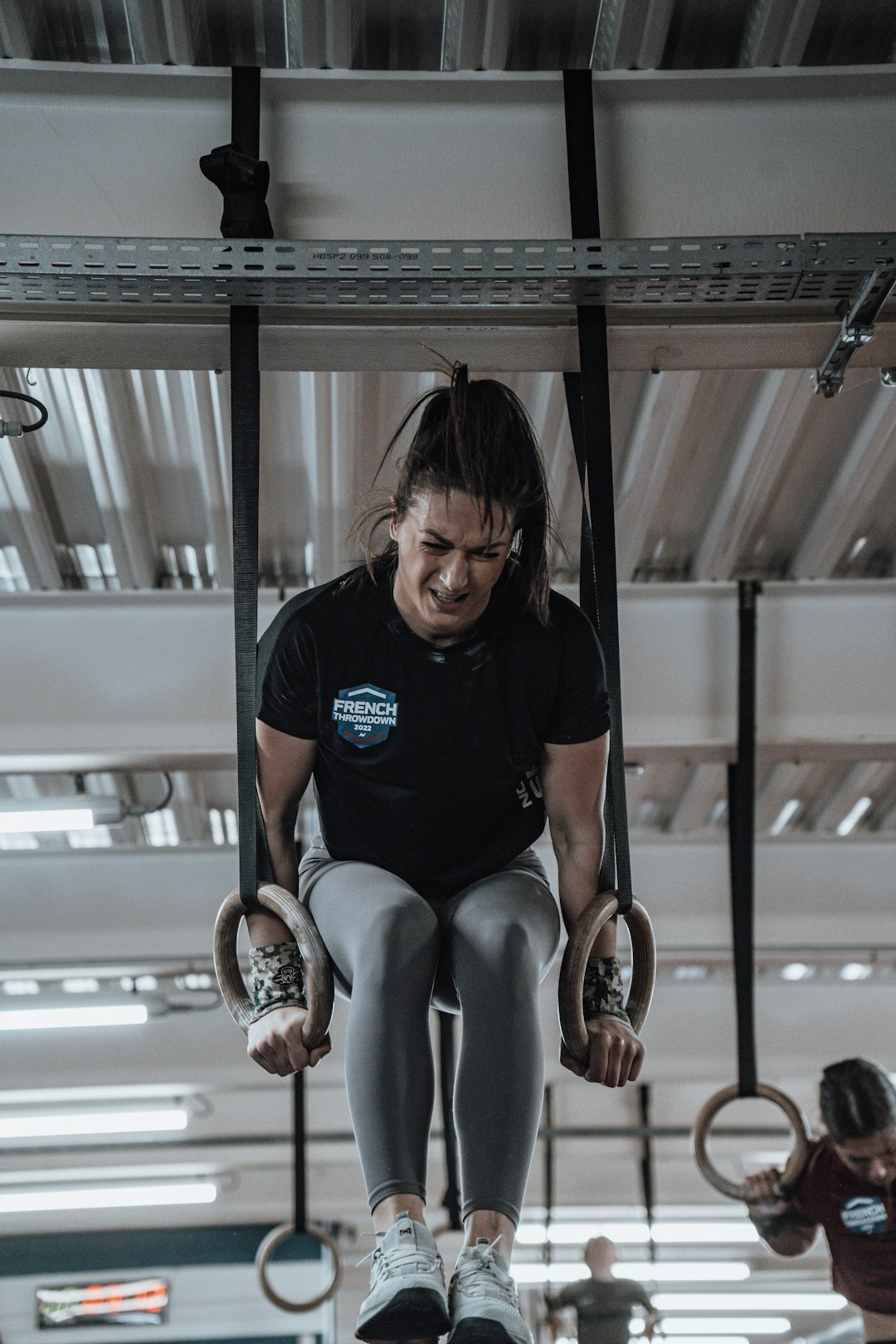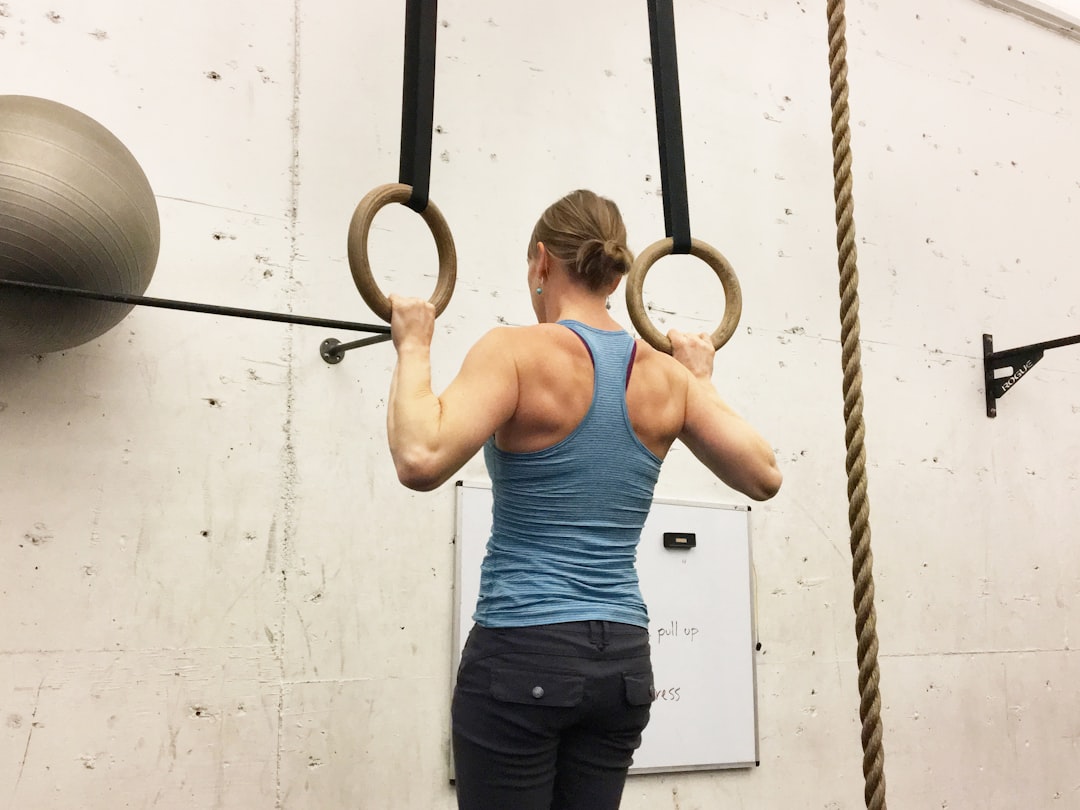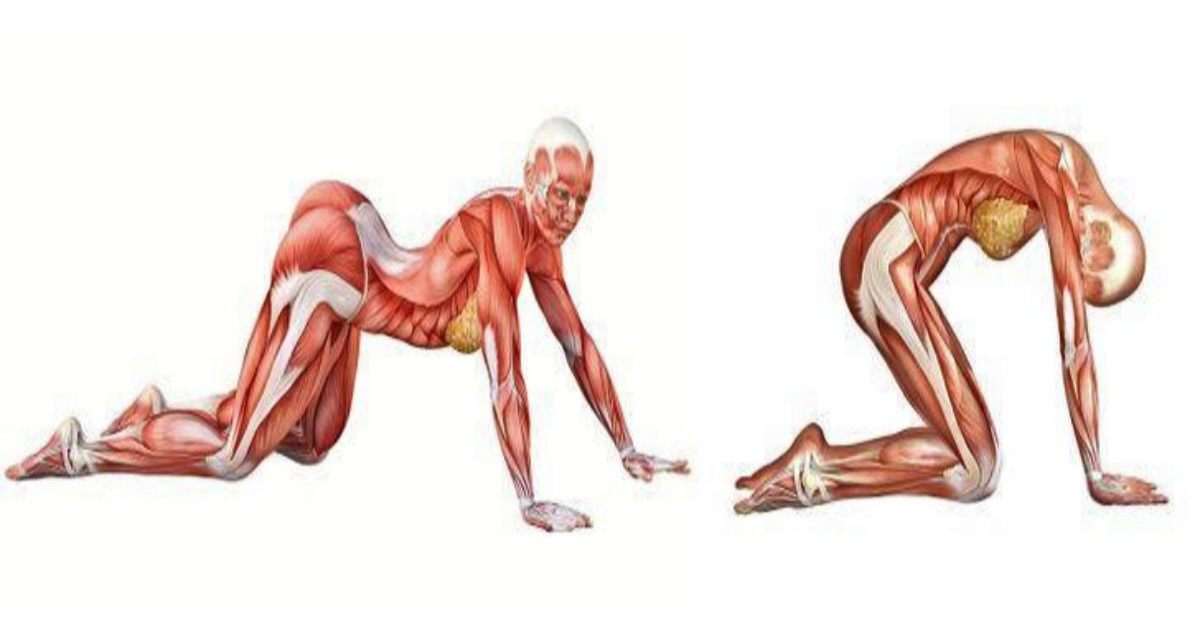Discover the best calisthenics back exercises to sculpt a strong and defined back. Learn top techniques for an effective workout routine.
When it comes to building a strong and defined back, calisthenics exercises are a great way to achieve your goals. Calisthenics, also known as bodyweight training, uses your own body weight as resistance to build strength and muscle. Not only are these exercises effective, but they can also be done anywhere, making them a convenient option for those who don’t have access to a gym.
In this article, we’ll explore the top 5 calisthenics back exercises that will help you build a strong and defined back.
Why Calisthenics for Your Back?
Calisthenics exercises are a great way to build a strong back because they engage multiple muscle groups at once, leading to a more functional and balanced physique. These exercises also require core stability, which helps to improve posture and prevent back pain.
Additionally, calisthenics exercises can be modified to suit any fitness level, making them accessible to beginners and advanced athletes alike. They also require minimal equipment, making them a cost-effective option for those on a budget.
Pull-Ups
Pull-ups are a classic calisthenics exercise that targets the back muscles, specifically the latissimus dorsi (lats). To perform a pull-up, start by hanging from a pull-up bar with your palms facing away from you and your arms fully extended. Pull yourself up until your chin is above the bar, then slowly lower yourself back down.
If you’re new to pull-ups, you can start by using a resistance band to assist you. As you become stronger, you can gradually decrease the resistance until you can perform a full pull-up on your own.
Inverted Rows
Inverted rows are another great calisthenics exercise for the back that can be done using a bar or a suspension trainer. To perform an inverted row, start by lying under a bar or suspension trainer with your arms fully extended and your body in a straight line. Pull yourself up until your chest touches the bar or handles, then slowly lower yourself back down.
Inverted rows target the lats, as well as the rhomboids and rear deltoids, making it a great exercise for overall back development.
Australian Pull-Ups
Australian pull-ups, also known as bodyweight rows, are a variation of inverted rows that can be done using a bar or a suspension trainer. To perform an Australian pull-up, start by lying under a bar or suspension trainer with your arms fully extended and your body in a straight line. Pull yourself up until your chest touches the bar or handles, then slowly lower yourself back down.
Australian pull-ups target the same muscles as inverted rows, but they also engage the biceps, making it a great compound exercise for the back and arms.
Chin-Ups
Chin-ups are similar to pull-ups, but they target the biceps more than the lats. To perform a chin-up, start by hanging from a bar with your palms facing towards you and your arms fully extended. Pull yourself up until your chin is above the bar, then slowly lower yourself back down.
If you’re new to chin-ups, you can start by using a resistance band to assist you. As you become stronger, you can gradually decrease the resistance until you can perform a full chin-up on your own.
Bodyweight Deadlifts
by GMB Fitness (https://unsplash.com/@gmb)
Bodyweight deadlifts are a great exercise for targeting the lower back muscles, specifically the erector spinae. To perform a bodyweight deadlift, stand with your feet shoulder-width apart and your arms extended in front of you. Hinge at the hips and lower your torso towards the ground while keeping your back straight. Once your hands reach your feet, push through your heels to return to the starting position.
Bodyweight deadlifts can also be done using a resistance band for added resistance.
How to Incorporate These Exercises into Your Routine
To see results from these calisthenics back exercises, it’s important to incorporate them into a well-rounded workout routine. Here are some tips for incorporating these exercises into your routine:
Warm-Up
Before starting your workout, it’s important to warm up your muscles to prevent injury. A simple warm-up can include jogging in place, jumping jacks, and arm circles.
Choose 2-3 Exercises
Choose 2-3 of the exercises mentioned above to incorporate into your workout routine. This will ensure that you’re targeting different muscle groups and avoiding overtraining.
Perform 3 Sets of 8-12 Reps
For each exercise, aim to perform 3 sets of 8-12 reps. If you’re new to calisthenics, start with fewer reps and gradually increase as you become stronger.
Rest Between Sets
It’s important to rest for 30-60 seconds between sets to allow your muscles to recover. This will also help to maintain proper form and prevent injury.
Cool Down
After your workout, take a few minutes to stretch your back muscles to prevent soreness and improve flexibility.
Conclusion
Incorporating calisthenics back exercises into your workout routine is a great way to build a strong and defined back. These exercises engage multiple muscle groups and can be modified to suit any fitness level. Remember to warm up before your workout, choose 2-3 exercises, perform 3 sets of 8-12 reps, rest between sets, and cool down afterwards. With consistency and proper form, you’ll see results in no time.
















